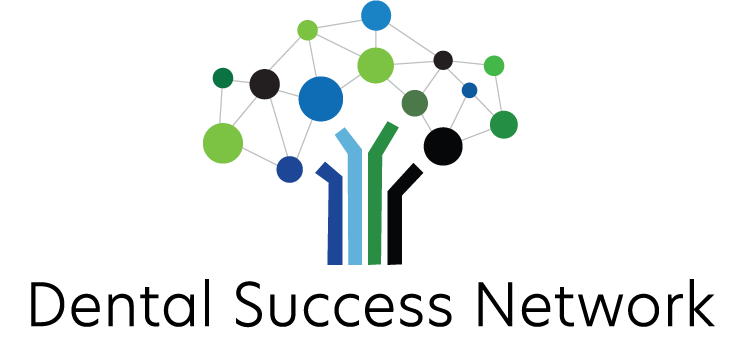We all know by now that understanding your numbers is paramount to running a successful practice. There’s no shortage of analytic tools out there, and there’s a constant debate about which metrics are most important to follow and what kind of actions you should take based on your data.
Today, let’s quickly discuss two “sister” metrics that are often cited independently, but in my opinion, should always be looked at together: Case Acceptance and Fees Accepted.
What is Case Acceptance?
Case Acceptance is typically expressed as the percentage of newly treatment-planned procedures that have either been completed (same day) or scheduled for a future appointment. Since this is always measured over time, your case acceptance will change depending on whether you monitor it daily, weekly, monthly, or as a running average. In essence, it’s a measure of how many people said yes to treatment.
For example, if you see 8 patients today, present 8 treatment plans for new procedures, and every patient either completes a procedure or schedules for a future appointment, you would be at 100% case acceptance for the day.
You’ll also want to exclude hygiene or diagnostic procedure codes because they are almost always accepted and would skew your numbers significantly.
What About Fees Accepted?
Fees Accepted is similar to Case Acceptance, but rather than looking at how many patients are scheduling new treatment, this metric calculates the dollar amount of fees presented and scheduled.
For example, let’s say you present treatment to the same 8 patients mentioned above, planning two crowns for each of them. If they all schedule a future appointment, it’s 100% case acceptance. However, if they each decide to proceed with only one crown instead of two, then you’re actually at 50% fees accepted. Simple, right?
A low Case Acceptance rate can often be attributed to a training issue with your treatment coordinator. On the other hand, a low Fees Accepted percentage could be due to a lack of urgency, poor payment options, economic conditions, or a high percentage of elective procedures.
How Can You Use Treatment Plan Acceptance for Forecasting?
Statistics give you a directional approach to how much treatment needs to be in the pipeline to meet your goals. When I was in sales, if my close rate was 40%, I knew that if I needed to hit my $30M quota (yes, that was my actual quota), I’d need $75M in the pipeline.
The same goes for your business. If you want to be a $1M practice, and your fees acceptance rate is around 30%, then you’ll need around $3M in treatment planned opportunities in the pipeline.
If $3M sounds like a lot, pull up your unscheduled treatment list—you might be surprised at how large that number actually is!
There are a number of ways to extract this information from your practice management system, including the services of plug-and-play dental analytics platforms available in the marketplace. I recommend asking how each platform calculates these metrics, as there isn’t one standardized algorithm when it comes to dental analytics.
Wishing everyone a strong Q4!
To your success,
Michael Lomotan
P.S. Want to master your metrics and elevate your practice? Join Dental Success Network (DSN), where you can access a community of like-minded dental professionals and find exclusive vendor deals for analytic tools. Let’s work smarter together!




